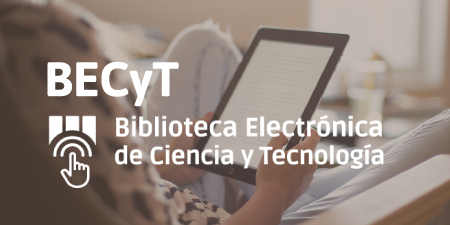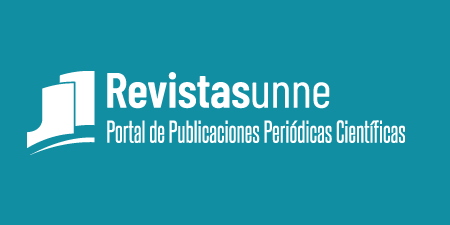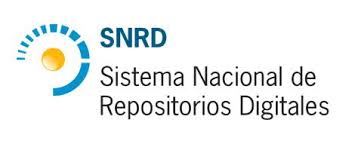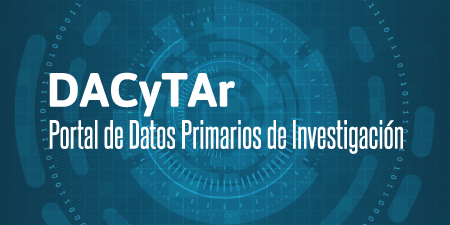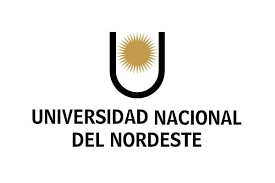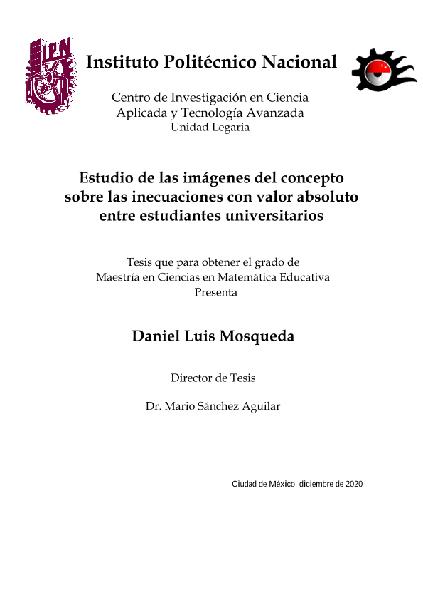Estudio de las imágenes del concepto sobre las inecuaciones con valor absoluto entre estudiantes universitarios
Resumen
El objetivo general de esta investigación consistió en explorar las imágenes que
evocan los estudiantes universitarios cuando resuelven inecuaciones lineales con valor
absoluto. El método consistió en proponer a 21 alumnos universitarios de ciencias
económicas un cuestionario escrito con reactivos relacionados a las nociones de valor
absoluto, inecuación e inecuación con valor absoluto. Posteriormente, se realizaron
entrevistas semiestructuradas basadas en el cuestionario a siete estudiantes
seleccionados. Las respuestas a los cuestionarios y las entrevistas fueron sometidas a un
análisis de datos de tipo cualitativo, lo que permitió construir una categorización de los
procedimientos y las respuestas de los estudiantes.
Se pudieron identificar las estrategias usuales más utilizadas y las dificultades
más comunes en los alumnos cuando resuelven actividades en las que está involucrada
una inecuación con valor absoluto. Éstas fueron comparadas con las ya identificadas en
estudios relacionados con la temática en alumnos del nivel medio y bachillerato.
En conclusión, los estudiantes tienen una imagen del concepto muy acotada de
las inecuaciones con valor absoluto. Esto puede deberse a las tareas matemáticas a las
que comúnmente se enfrentan en las clases; se recomienda el diseño de estrategias
didácticas que involucren distintas definiciones de valor absoluto, a fin de que permitan
al alumnado superar las dificultades identificadas y, en este sentido, reducir la brecha
entre los objetos matemáticos involucrados y las imágenes de los estudiantes respecto a
ellos. The general aim of this research study was to explore the images that university
students evoke when they solve linear inequalities with absolute value. The method
consisted of applying to 21 university economics students a written questionnaire with
items related to the notions of absolute value, inequality and inequality with absolute
value. Subsequently, semi-structured interviews based on the questionnaire were
conducted with seven selected students. The responses to the questionnaires and the
interviews were subjected to a qualitative data analysis, which made it possible to
construct a categorization of the students’ procedures and responses.
It was possible to identify the most used strategies and the most common
difficulties among students when solving activities in which an inequality with absolute
value is involved. These were compared with those already identified in previous
studies related to lower and upper secondary school students.
In conclusion, students have a very narrow concept image of absolute value
inequalities. This may be due to the mathematical tasks they are commonly faced with
in the classroom. The design of didactic strategies that involve different definitions of
absolute value is recommended, in order to allow the students to overcome the
difficulties identified and, in this sense, reduce the gap between the mathematical
objects involved and the students’ images of them.
Colecciones
- Tesis de maestría [30]

